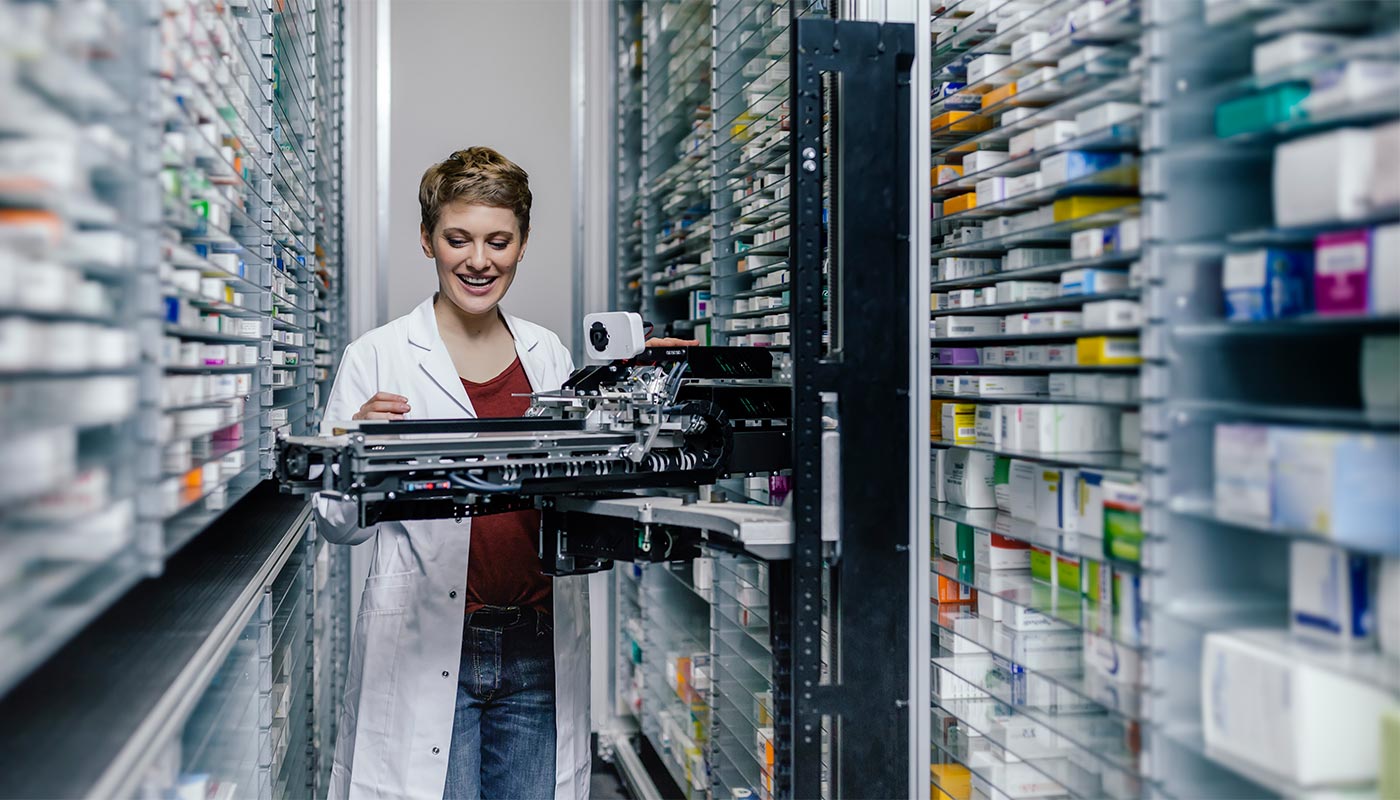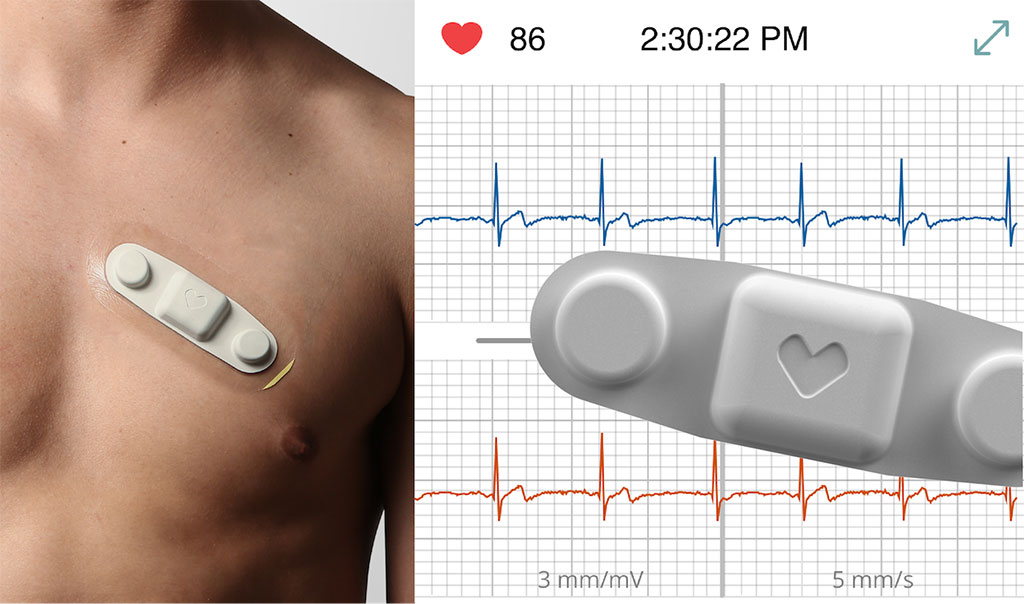Central fill pharmacy automation has emerged as a game-changing technology for healthcare organizations seeking to streamline their medication distribution processes. Over the past decade, many pharmacies across the country have implemented central fill models and workflows aided by innovative automation solutions. This article explores the key benefits of central fill pharmacy automation and how leading healthcare providers are leveraging these systems.
What is Central Fill Pharmacy Automation?
Central fill pharmacy automation refers to specialized systems and workflows designed for high-volume medication dispensing in a centralized pharmacy facility separate from the point of care. At the core is automated machinery that consolidates and accelerates traditionally manual filling and verification tasks. Prescriptions are electronically routed from multiple pharmacy locations or care sites to the central fill center for processing.
Fully automated central fill pharmacies are equipped with robot-assisted technologies like pick-and-pack machines, counting modules, and verification systems. Medications are picked from bulk storage drawers or bins by robotic arms, counted and packaged according to the prescription, then labeled and verified against the electronic order. The ready-to-administer medications are then sent to decentralized pharmacies, nursing units or directly to patients through automated dispensing cabinets or distribution centers.
Benefits of Central Fill Automation
Increased Efficiency and Throughput
Central fill automation allows a smaller team of technicians to process a much higher volume of prescriptions compared to traditional pharmacy models. Pick-and-pack robotics coupled with automated counting and verification modules multiply individual productivity and enable 24/7 operations with few variations in output. This leads to significantly reduced turnaround times, often from days to just hours.
Enhanced Accuracy and Safety
Automated operations minimize human errors during high-stress tasks like order filling, counting, and double-checking. Advanced robotics, imaging and software ensure medications are picked correctly and verified to 100% match the prescription. Automated checks and balances across filling, packaging and labeling stages promote dispensing accuracy and safety.
Optimized Inventory and Space Management
Centralization enables consolidation of bulk medication stock and equipment like counting machines in a controlled environment. Automated systems optimize space by vertically storing thousands of stock-keeping units. Dynamic replenishment based on real-time usage analytics minimizes waste from overstocking and expiration. This maximizes inventory turns while slashing overall footprint.
Central Fill Pharmacy Automation
By centralizing Central Fill Pharmacy Automation locations into a high-volume center, one-time costs for expensive automation solutions can be amortized across a larger number of prescriptions. Standardized workflows and minimized labor needs through robotics drive significant operating efficiencies and variable cost savings compared to manual decentralization. Overall medication spend is reduced by minimizing wastage and expiration.
Improving Patient Outcomes with Automated Adherence Packaging
Many central fill systems are integrated with adherence packaging technology that automates unit-dose and multi-dose blister packaging. Clinical decision support tools also suggest optimized dosing schedules that are easier for patients to follow. This improves medication adherence, a key factor influencing health outcomes. Automated adherence solutions enhance pharmacy’s role in supporting population health management goals.
National Healthcare Provider Adopts Central Fill Automation
One of the largest national healthcare providers recently transitioned its outpatient pharmacy operations to an automated central fill model across multiple states. Their new 130,000 square foot centralized pharmacy facility is equipped with high-speed automated robotic systems from leading pharmacy automation vendors. A four-robot pick-and-pack module dispenses over 9,000 doses per shift while ensuring 100% fill accuracy. Ten automated counting lanes complete counting and verification of controlled and non-controlled medications totaling over 4,000 doses per hour.
The system is further integrated with an automated adherence packaging solution that produces individual dose blister cards for thousands of patients daily based on their personalized schedules. All filled and verified prescriptions and multi-dose packs are conveyed to a centralized packaging, sorting and distribution center. From here, medications are sent to over 100 retail and acute care pharmacies as well as direct delivery to patients using automated dispensing cabinets and home delivery logistics.
Within the first year, the new central fill automation center processed over 12 million doses – a volume that would have required three times the staff using a manual process. Accuracy improved to 99.999% verified to order. Turnaround times came down from days to just a few hours on average. The healthcare provider estimates annual savings of $25 million from its centralized automation strategy by optimizing staffing, inventory management and reducing wastage.
Future Outlook
While central fill pharmacy automation is already significantly boosting productivity, accuracy and cost control for many organizations, further innovations are expected to enhance benefits in the coming years. Developments in AI, computer vision, IoT and robotics will make filling and verification even more precise and intelligent. Integration with electronic health records will allow cross-checking for allergies and drug-drug interactions at the point of dispensing itself. Emerging technologies offer the potential to expand centralized automation beyond hospital and retail environments to encompass specialized services including compounding, nuclear pharmacy, IV preparations and clinical trials. With its proven track record, central fill pharmacy automation will continue playing a pivotal role in healthcare’s mission of bringing the highest standards of safety, quality and service to patients.
*Note:
1. Source: Coherent Market Insights, Public sources, Desk research
2. We have leveraged AI tools to mine information and compile it



